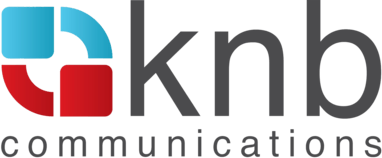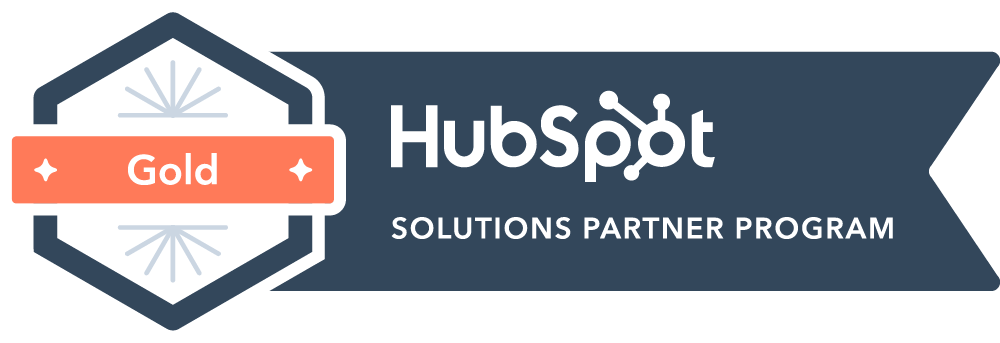Replace Your Traditional Sales Funnel With a New Digital Sales Pipeline
Table of contents
What hasn't changed is that the sales funnel is a top-down process that includes awareness, interest, consideration, and purchase. What has changed, however, is that prospects are entering the funnel much later in this process thanks in part to today’s social/digital age. The way customers buy is no longer a simple path from awareness to prospect to sale, guided by a sales person, according to Ad Age.

B2B sales in areas such as healthcare IT have undergone a massive change over the past five years that, according to CMO.com, has been prompted by a larger shift in buyer demographics, preferences and habits.
Nowadays, buyers have access to a wealth of information online about brands, companies and products. Because of this, the B2B sales funnel is no longer controlled by the seller. Instead, it “looks like a porous pipeline where mature leads enter at any number of points,” says Hank Nothhaft, Jr., founder and CEO of TrapIt.
Does this mean the end of the salesperson? Not really. Notes Nothhaft, “it doesn’t mean that a customer can no longer be persuaded; rather, the old tactics don’t work anymore.” He describes five ways that organizations can adopt to the changing demographics and preferences of buyers in today’s social/digital environment:
-
Meet the customer where they live – Digital sales should start as social, whether you’re a consumer retailer or enterprise software company. According to the Pew Research Center, 76 percent of all Internet users also use social media in one form or another. From a strictly B2B perspective, it is also interesting to note that 84 percent of C-level and corporate vice presidents use social media to support purchase decisions
Top sellers who leverage social media have 45 percent more selling opportunities per quarter than those that don’t. The lesson: sales teams need to start building a reputation online around their personal brands, educate prospects about the market and build trust so that prospects feel comfortable engaging with them.
-
Inspire buyers – Buyers want to be inspired, not informed. There’s a plethora of information that can be accessed online about products and companies. So, focus on your customers’ successes, celebrate your company’s industry wins and leverage your differentiators over your competitors. Focusing on your customers’ needs over your brand/product will always be key to sales success in a social/digital world.
-
Align marketing and sales – Social selling cannot take place in a vacuum. Instead, it’s only successful as part of an integrated marketing and sales strategy when both teams work in alignment. Nothhaft says the most effective sales people work closely with marketing teams to nurture leads throughout the buyer’s journey.
The cadence in which a company reaches out to potential buyers also should be coordinated between sales and marketing teams. Too many touch points might annoy the buyer and send them to a competitor. Instead, companies are more successful with interaction that is non-intrusive and well-timed.
-
Adopt a personalized tone
Social sellers should adopt a personalized, authentic tone. Share articles and opinions that are more conversational and less about your company. Engage in conversations people are having about the industry. Focus on one-on-one communications.
-
Use digital and data to inform offline activities – “B2B sales are a handshake and eye contact business,” explains Nothhaft. And, while you don’t want to replace high-quality, person-to-person interaction, you can use extra digital touches to enhance in-person meetings and make them more effective. At the very least, sales people should conduct basic social research in outlets such as LinkedIn and Twitter before in-person meetings and tailor their interactions to their prospect’s interests and background. By sharing relevant articles, participating in social conversations and listening for opportunities to engage with a prospect one-on-one in advance of the in-person meeting, you can make the prospect feel that much more comfortable and open to your product.
Also, collecting first-party data directly from your customers provides more accurate targeting opportunities. It provides marketers with inside information into what consumers want as well as what their intentions and future actions will likely be.
The paradigm shift in sales may feel a bit uncomfortable at first, but what is gained are more opportunities than ever before to connect with future customers.
KNBeings are the team members behind KNB Communications. KNB Communications is a top 10 health tech marketing and PR agency specializing in healthcare, biotech, and life sciences.
Search




.svg)
.svg)




